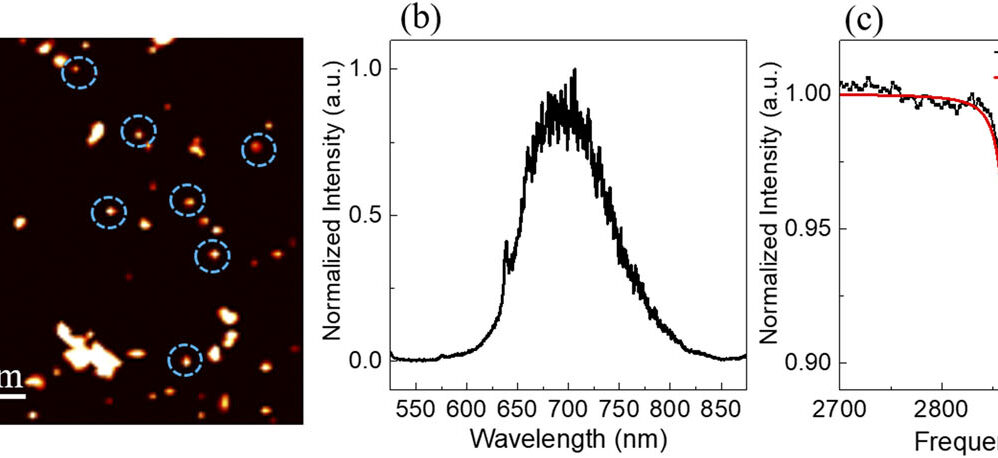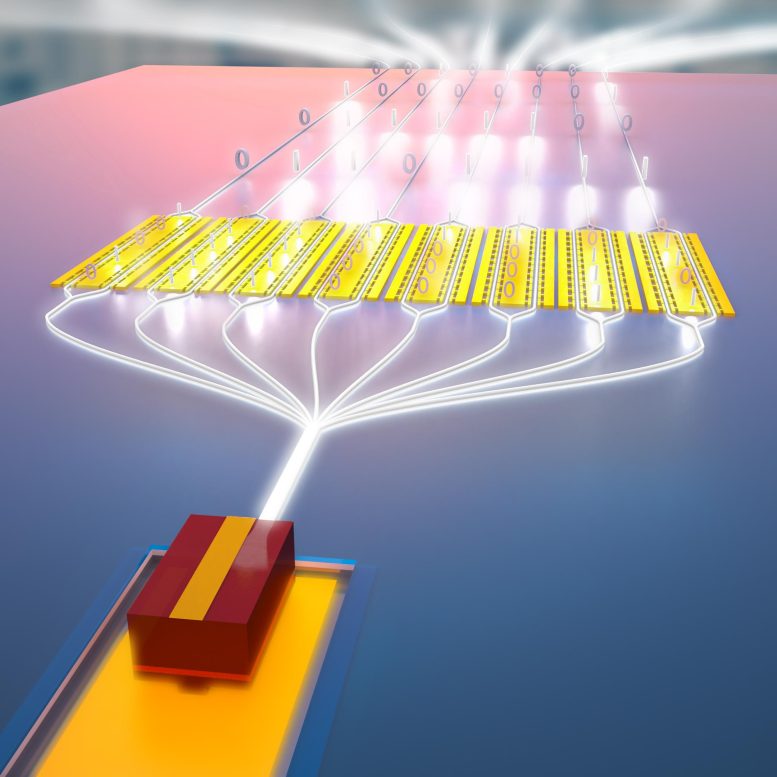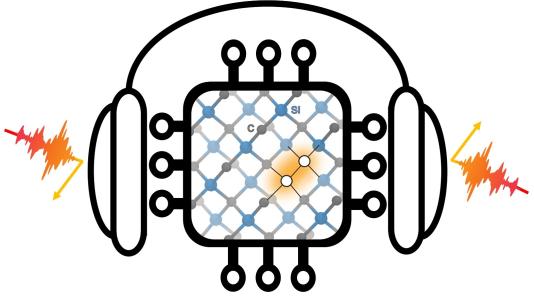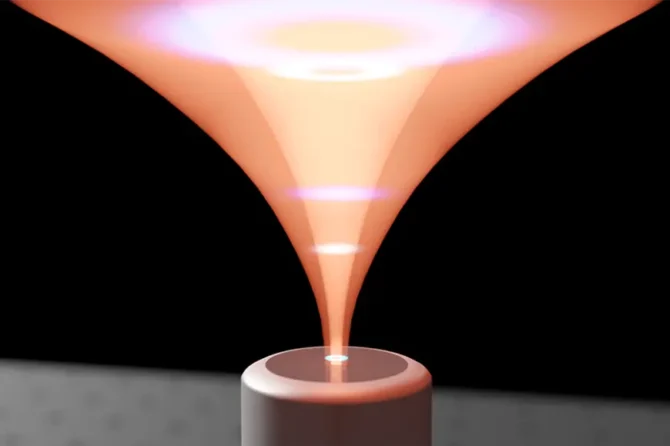A consortium of scientists, including from RMIT University and University of Adelaide, is using hybrid diamond and glass technology to make a new class of quantum sensors.
Diamond containing the nitrogen-vacancy (NV) center is emerging as a significant sensing platform.
However, most NV sensors require microscopes to collect the fluorescence signals and therefore are limited to laboratory settings.
By embedding micron-scale diamond particles at an annular interface within the cross section of a silicate glass fiber, the team has demonstrated a robust fiber material capable of sensing magnetic fields.
Luminescence spectroscopy and electron spin resonance characterization reveal that the optical properties of NV centers in the diamond microcrystals are well preserved throughout the fiber drawing process. The hybrid fiber presents a low propagation loss of ∼4.0 dB/m in the NV emission spectral window, permitting remote monitoring of the optically detected magnetic resonance signals.
They demonstrated NV-spin magnetic resonance readout through 50 cm of fiber. This study paves a way for the scalable fabrication of fiber-based diamond sensors for field-deployable quantum metrology applications.
Diamond is one of the front runner technologies for quantum magnetic field sensing, with applications as diverse as brain scanning, navigation and mineral exploration. (Phys.org)
The study has been published in APL Materials.





